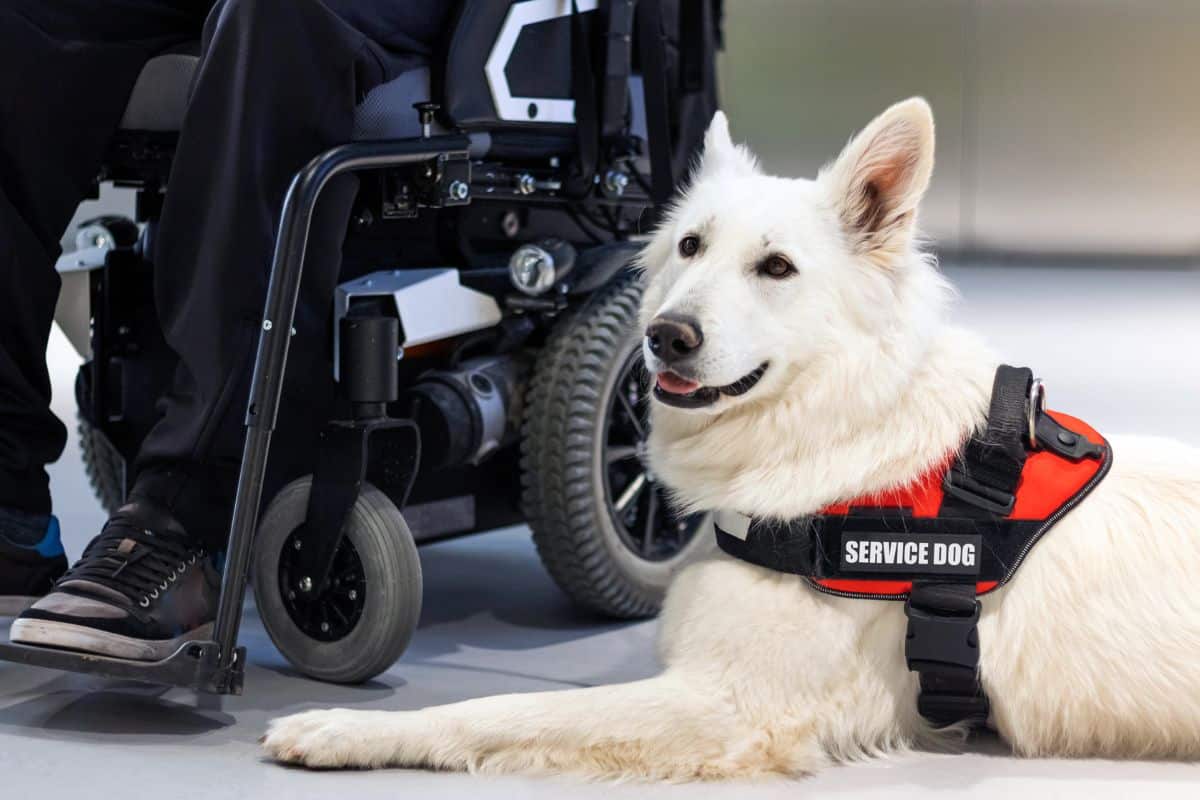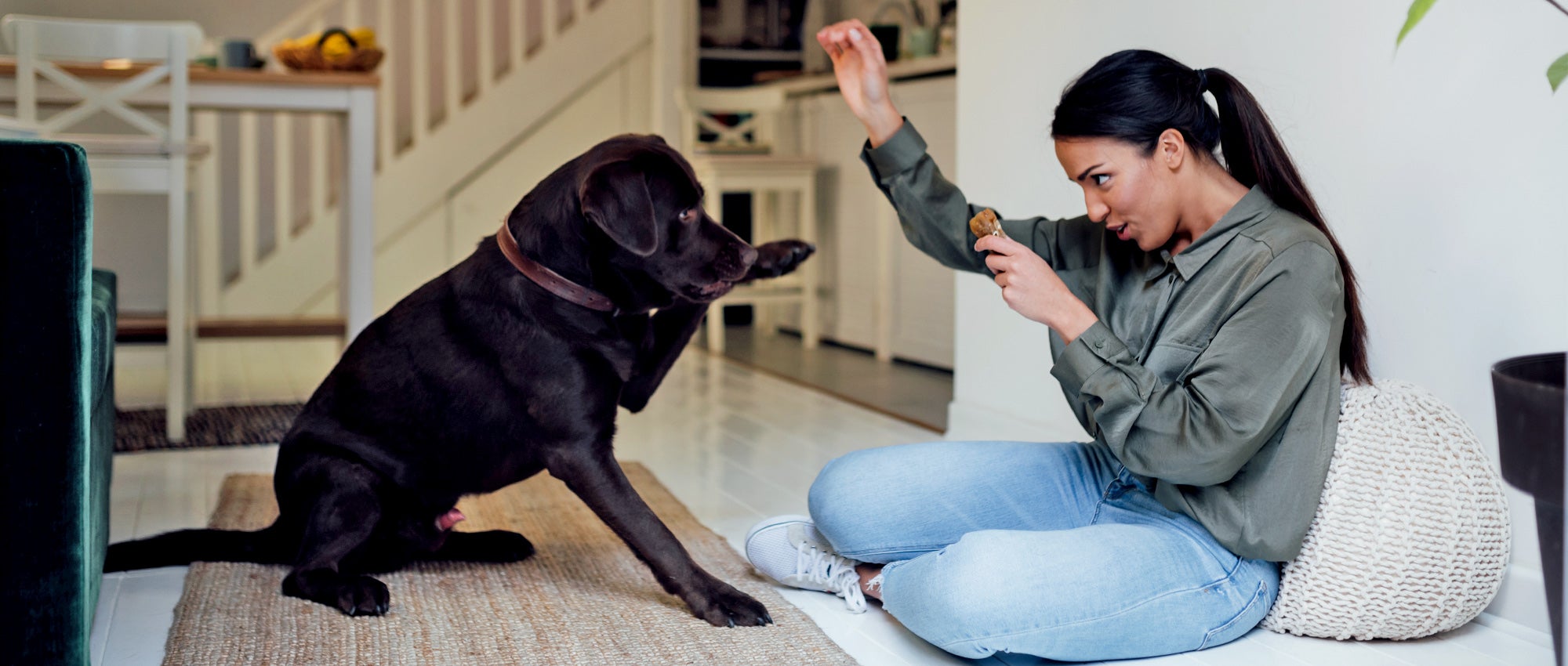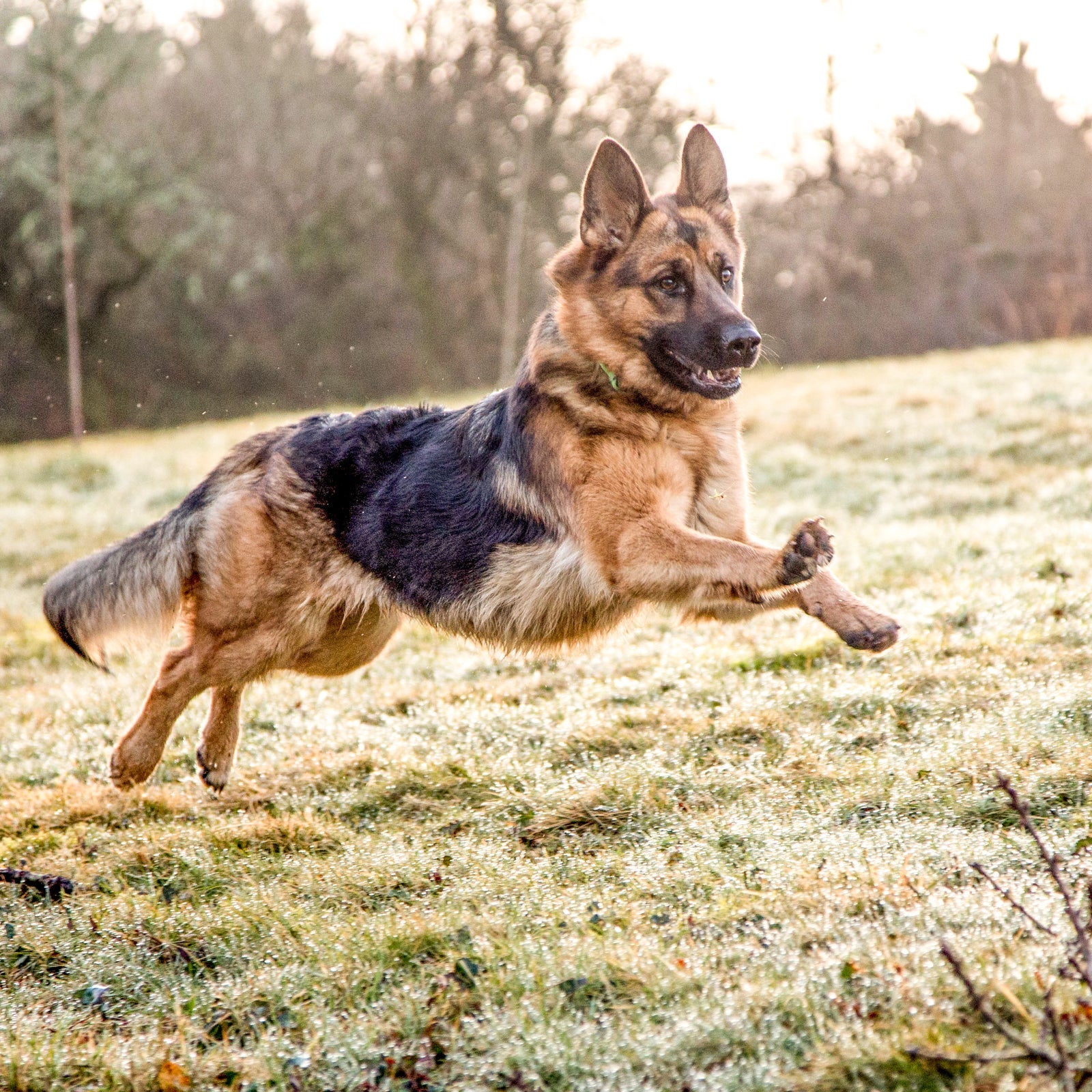Top Pet Training Methods Every Owner Must Know

Positive Support Strategies
Making use of favorable support strategies is important for reliable canine training, as it promotes a relying on bond in between the pet and the instructor. This approach focuses on rewarding preferable behaviors as opposed to penalizing undesirable ones, producing a setting for finding out. Incentives can include treats, appreciation, or playtime, which encourage dogs to repeat the habits that make them these incentives.

Moreover, this strategy enhances the dog's excitement for training sessions. When dogs associate training with positive experiences, they are more involved and receptive. Past immediate therapy, favorable support encourages a joint connection between the dog and fitness instructor, decreasing stress and anxiety and concern
To maximize efficiency, it is important to supply incentives promptly, making sure the dog connects the actions with the reinforcement. In essence, positive reinforcement strategies not only yield better-trained pet dogs however likewise promote an unified partnership in between canine and owner.
Remote Control Training Approach
The clicker training approach is a highly effective technique that develops upon the principles of positive support by adding a distinct noise to mark wanted actions. This method makes use of a tiny handheld device that produces a clicking audio, enabling instructors to communicate with their pet dogs in a clear and immediate way. When a dog executes an actions that the owner wants to urge, the remote control is turned on, adhered to by an incentive, commonly in the type of treats or appreciation.
The key to effective clicker training depends on consistency and timing. It is important to click at the exact minute the preferred actions happens, guaranteeing that the pet dog links the noise with the activity and the succeeding reward. This approach not just enhances interaction however additionally fosters a stronger bond between the pet dog and the owner, as it motivates interaction and communication during training sessions.
Remote control training can be applied to a range of commands and actions, from standard obedience to more intricate techniques. Its adaptability and effectiveness make it a preferred method among expert trainers and pet owners alike, paving the way for a receptive and well-trained canine friend.
Leash Training Basics
Reliable leash training is crucial for making certain a secure and satisfying walking experience for both canines and their proprietors. A level collar might function for some canines, while others might benefit from a harness that reduces drawing.
Present your pet dog to the leash slowly, permitting them to discover it in a comfortable atmosphere. Once they are accustomed, practice loose-leash strolling. This entails fulfilling your canine for strolling next to you instead of drawing ahead. Use deals with and praise to strengthen preferred actions, and make sure to remain assertive and calm.
If your canine begins to pull, stop strolling quickly. Wait until they return to your side prior to resuming. This educates them that pulling does not result in progress. Additionally, that site technique numerous walking settings to assist your dog adapt to diversions.
Routine practice will certainly solidify your pet's understanding of my response chain rules. Bear in mind that leash training is an ongoing procedure; persistence and uniformity will certainly generate the most effective outcomes, promoting a favorable experience for both you and your canine companion.
Socialization Strategies
Socialization is a crucial element of pet training that must ideally start during puppyhood yet can be useful at any age. Effective socializing assists dogs establish self-confidence and minimizes the probability of behavior problems. To implement successful socializing techniques, expose your pet dog to a variety of environments, individuals, and other animals.
Start with regulated settings, such as pup classes or organized playgroups, where young pets can connect securely. Gradually present your dog to new experiences, including different noises, surfaces, and activities. Guarantee these encounters are favorable and rewarding to establish a complacency.
For adult pets or those doing not have exposure, start with low-stress situations. Short, positive interactions with friendly human beings and calm dogs can produce positive organizations. Make use of treats and appreciation to enhance desirable actions during these experiences.

Uniformity and Persistence
Recognizing the relevance of uniformity and persistence in pet dog training is crucial for achieving lasting outcomes. Irregular training can lead to confusion, making it hard for the pet dog to understand behaviors or commands, ultimately preventing development.
Furthermore, perseverance is an essential part of reliable training. Pet dogs, like people, discover at their very own pace. Some may understand ideas swiftly, while others could take longer. It is important for owners to stay tranquil and encouraging, enhancing favorable behavior without considering aggravation or penalty. This fosters a trusting connection in between the dog and owner, urging an extra willing and passionate student.
To grow consistency and perseverance, establish a normal training routine, use the exact same commands, and guarantee that all member of the family apply the same training principles - Dog training. By doing so, you produce a stable setting for finding out, enabling your dog to prosper and establish into a well-behaved friend
Conclusion
Finally, effective canine training strategies, such as positive reinforcement, remote control training, and appropriate leash training, are necessary for promoting a healthy owner-dog partnership. In addition, executing socializing methods and preserving uniformity and patience throughout the training process contributes significantly to a pet's overall well-being. By integrating these methods, pet dog proprietors can promote the advancement of well-adjusted, loyal animals, ultimately boosting the high quality of life for both the proprietor and the canine.
Among the most famous techniques are positive support, remote control training, and chain training, each offering unique benefits that add to a mannerly canine. As we explore these fundamental strategies, it comes to be evident that understanding their nuances can substantially affect the training experience and the pet's total habits.Making use of positive support techniques is necessary for efficient pet training, as it fosters a trusting bond between the instructor and the pet dog.In final thought, reliable canine training strategies, such as positive support, clicker training, and appropriate chain training, are crucial for promoting a healthy and balanced owner-dog relationship. By incorporating these methods, dog owners can assist in the development of well-adjusted, obedient pet dogs, eventually improving the quality of life for both the owner and the canine.